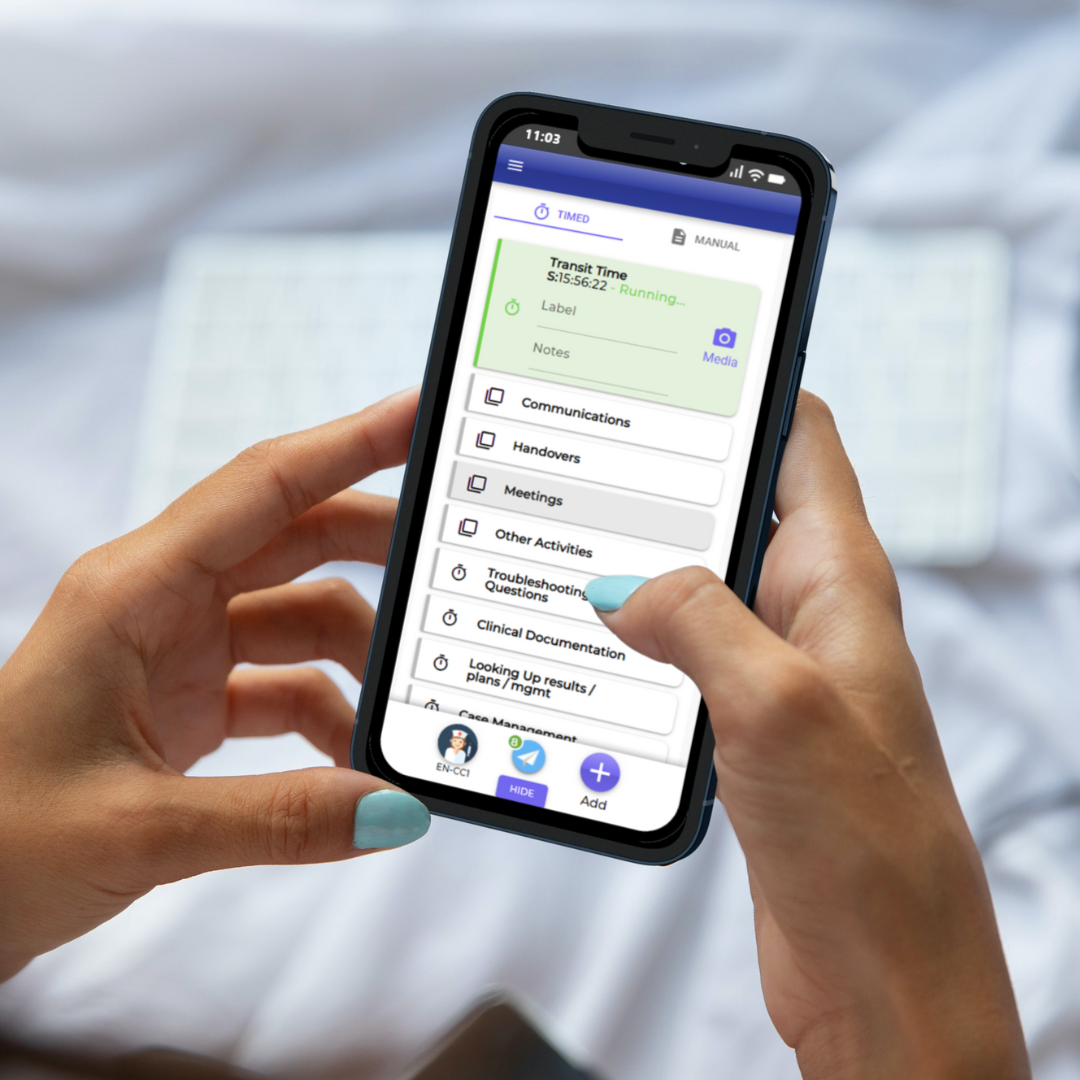Collect Timings.
Ask yourself…
Do you know how time is being spent in your organisation?
Are there inefficiencies in process that are hindering your team?
Can you quantify the impact innovation and change have on workplace processes?
These are the types of scenarios that financial reporting or assumptions alone can’t properly highlight. However, with current time collection methods proving to be too costly reports and assumptions have become the unfortunate norm to base business planning and decision on.
The TANDM Suite is helping to break these habits, proving leaders and innovators a better way to make more informed decisions that go a long way to achieve positive outcomes.
With a variety of time collection tools, users can build a time collection project to suit the specific needs of their project. They can have complete faith in the integrity of the data with the software ensuring all participants are collecting information in a uniform way. And, with the TANDM Suite Dashboards providing real time results, leaders are instantly armed with information to begin accurate business planning and decision making.
Say goodbye to paper based collection methods, inflexible tools, inaccurate and incomplete data, and lengthy data processing delays.

Time and Motion
Analyse the time spent in going through the different motions of a job, task or process.
Efficacy Study
Determine whether an intervention produces the expected result under ideal circumstances and measure the benefit.
Self Reporting
Gather information on your own time to produce a business case for change.
Observational Study
Observe a person or process to understand how workflows unfold and determine where potential areas for improvement may lay
Benefit Realisation
Measure ‘before and after’ markers to identify what benefit was received after implementing change.
Ethnographic Study
Observe people or groups of people in their own environment to gain qualitative results.
Day in the Life (DILO)
Observe someone through a typical day to not only understand their routine and tasks but also other elements that may impact their work.
Return on Investment
Evaluate the financial impact an investment into changed process or innovation.
Diary Study
Collect qualitative information by having participants record entries about their everyday lives about the activity or experience being studied.
Process Efficiency
Measure current processes to understand their efficiency levels and identify where there are areas for improvement.
Process Audit
Determine whether activities, resources and behaviours are sufficient to ensure efficient completion of tasks.






